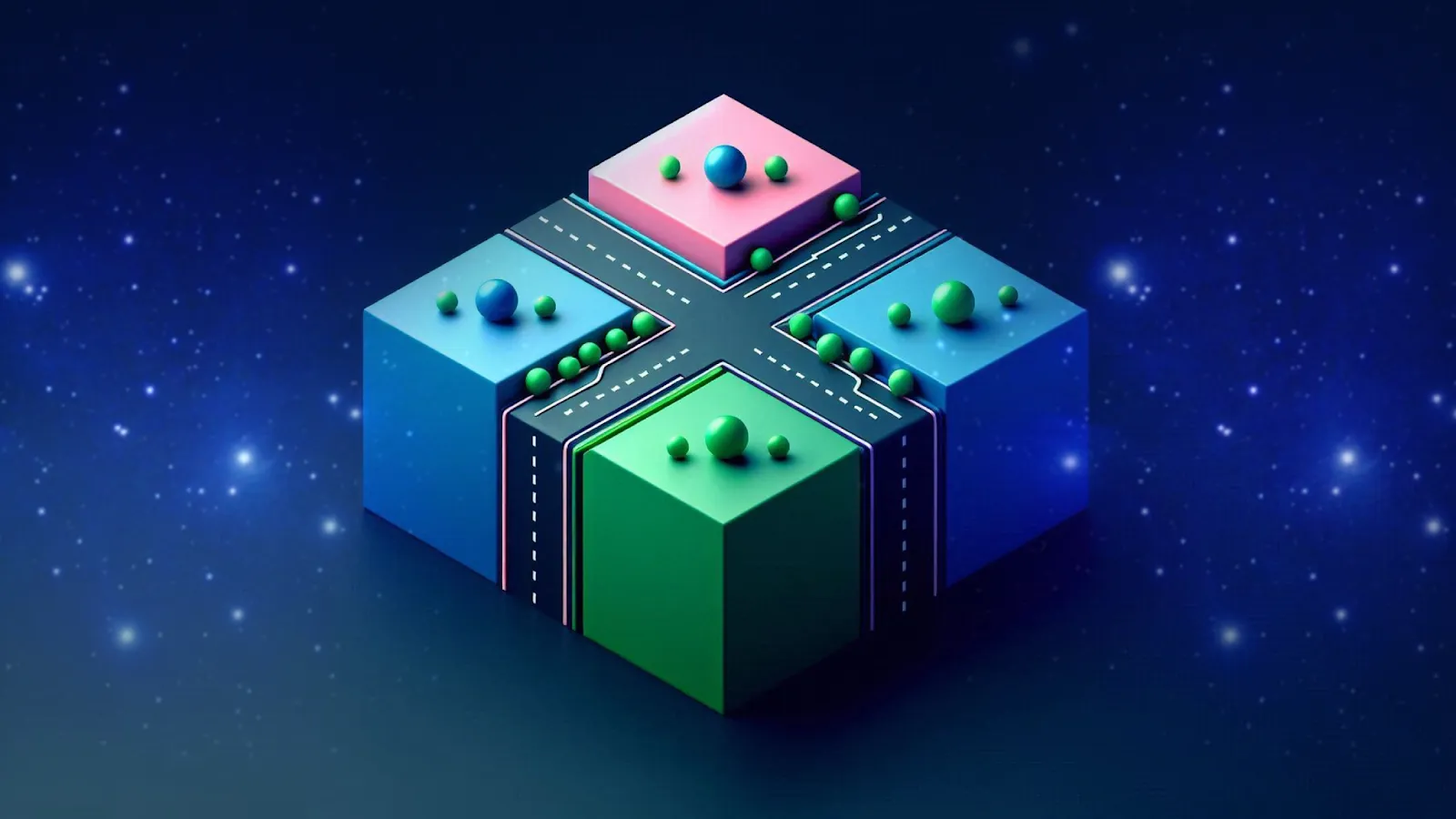
The fusion of Artificial Intelligence and blockchain has the potential to unlock groundbreaking capabilities—but not without overcoming considerable technical hurdles. From scalability limitations to privacy concerns and data handling issues, integrating these technologies at scale presents real-world engineering and compliance challenges.
This third installment in our four-part series builds on the practical applications explored in Article 2: Intelligent Systems in Action and dives deep into the barriers standing in the way of seamless integration. We also examine the innovative strategies and hybrid architectures that are actively addressing these challenges.
1.1 Blockchain Throughput Limitations
Blockchains are inherently limited by design. Bitcoin processes approximately 7 transactions per second (TPS), and Ethereum 15–30 TPS—insufficient for high-throughput AI systems that require rapid data exchange.
Solutions Underway:
1.2 AI’s Computational Demands

Training large AI models, particularly in deep learning, requires extensive computing resources. Running such models directly on-chain is infeasible due to energy and cost constraints.
Solution: Hybrid Processing Architectures
2.1 Blockchain Is Not Built for Big Data
Storing even small datasets on-chain can be cost-prohibitive. For example, storing 1GB of data on Ethereum costs thousands of dollars. This makes blockchain unsuitable for training datasets or image-heavy AI workloads.
Innovative Workarounds:
2.2 Handling Real-Time, Dynamic Data Blockchain is optimized for immutable records—not for streaming sensor data, live user inputs, or fluctuating training environments.
Solution: Streaming Layer Integration
3.1 GDPR and the “Right to Be Forgotten”
One of blockchain’s key strengths—immutability—conflicts with global privacy regulations. Under GDPR, users can request that personal data be deleted, which is incompatible with permanent blockchain records.
Solutions Emerging:
3.2 Secure Data Sharing AI requires massive amounts of private, sensitive data—especially in fields like healthcare and finance.
Innovative Responses:

4.1 Lack of Interoperability Different blockchain platforms often operate in silos, limiting data exchange and cross-chain AI deployment.
Standardization Efforts:
4.2 Fragmented Tooling and Developer Experience
Developers face steep learning curves when attempting to connect AI tools (e.g., TensorFlow, PyTorch) with smart contract platforms (e.g., Solidity, Substrate).
Tooling Solutions:
AI and blockchain integration is not without its hurdles, but innovation in hybrid systems, off-chain computation, and privacy-preserving technologies is quickly closing the gap. As we've seen, solutions already exist for many key pain points—making it increasingly viable to deploy decentralized, intelligent applications at scale.
This article builds on the real-world examples shared in Article 2 and prepares us for the final part of our series. In Article 4: Beyond the Buzz – Ethics, Regulation, and the Future of AI-Blockchain Systems, we’ll explore the moral, legal, and philosophical implications of these emerging technologies—and how responsible innovation can turn disruption into progress.
Continue reading to explore how ethics and regulation are shaping the next chapter of AI and blockchain.
